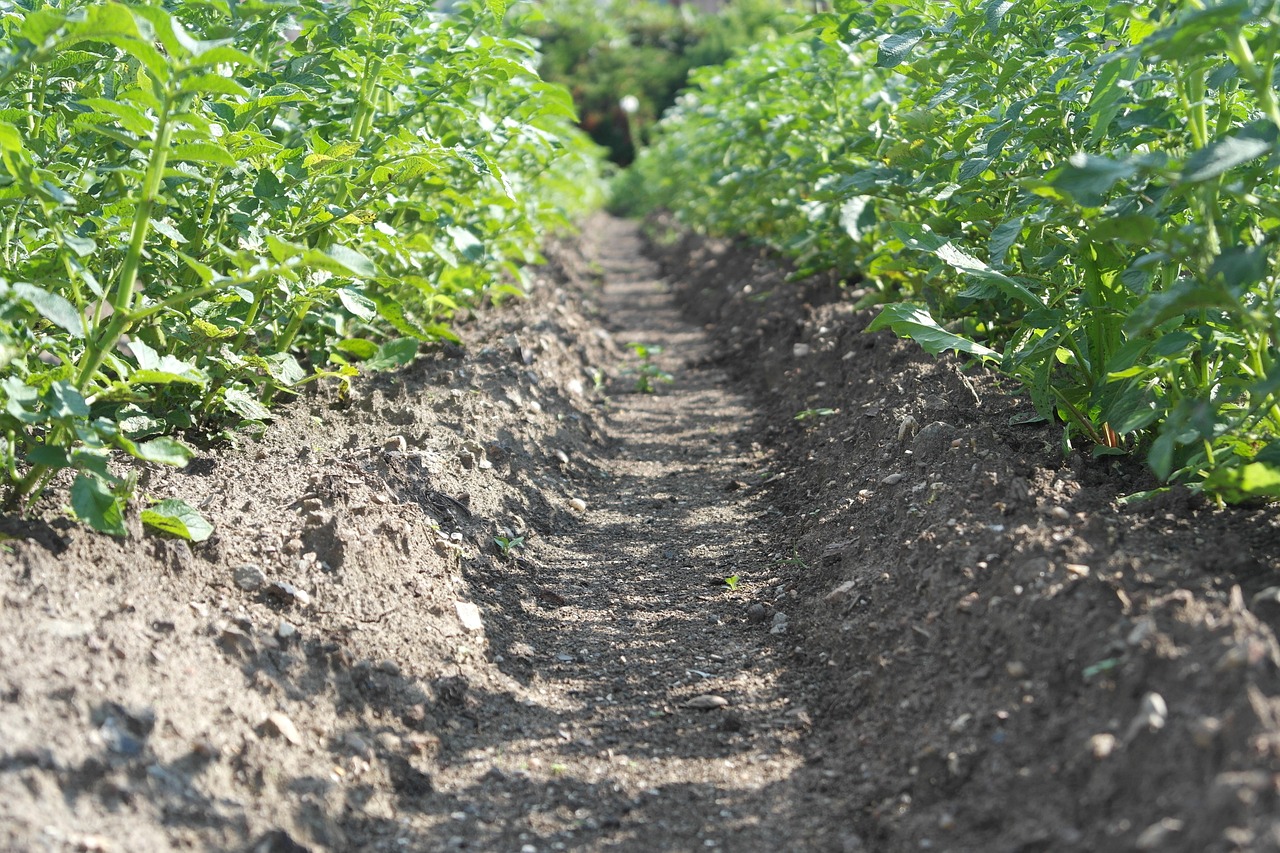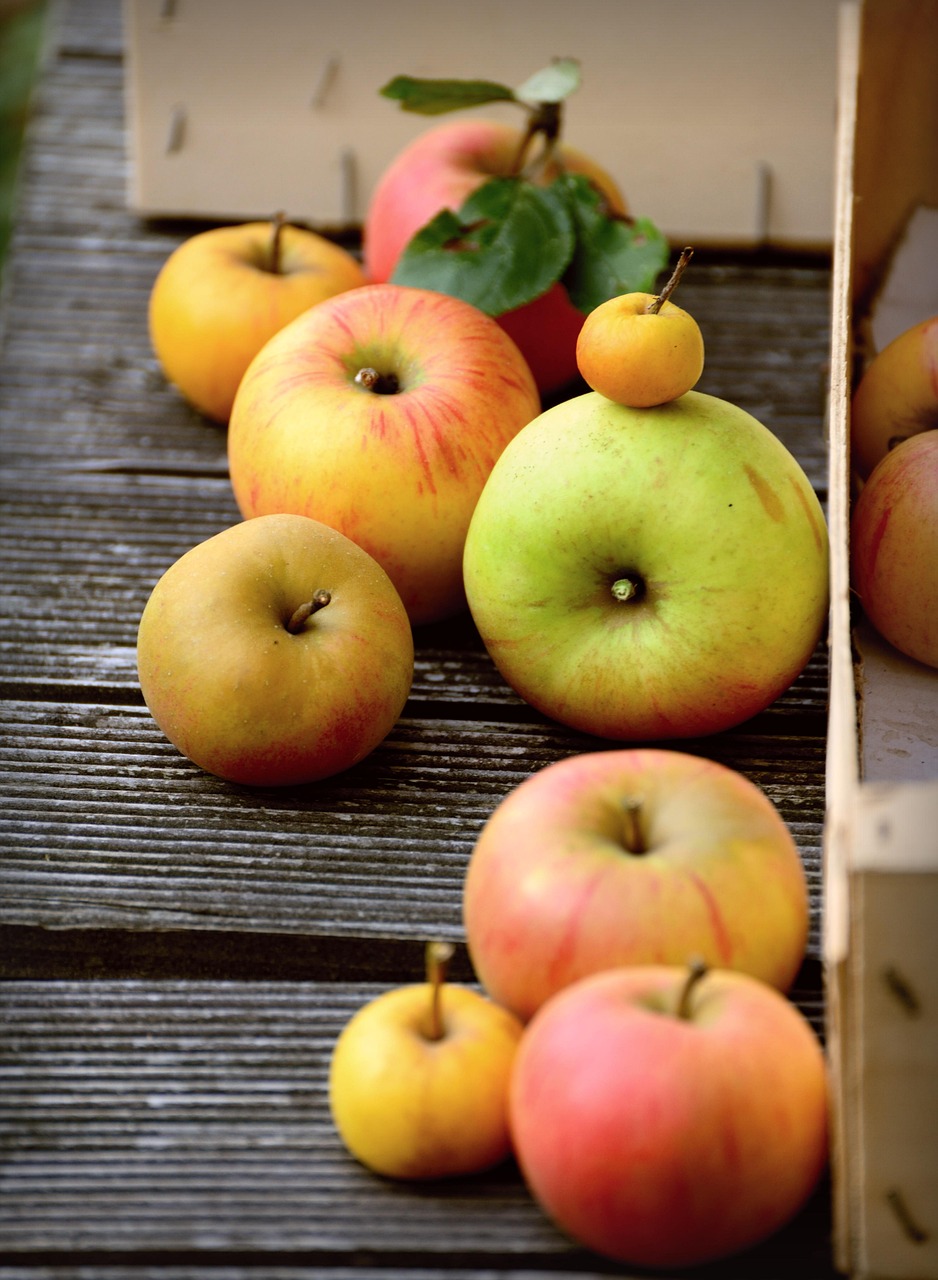Western Hemlock and Douglas Fir can be distinguished by their needle characteristics, bark texture, and growth forms. Western Hemlock has flat, soft needles that are typically shorter, while Douglas Fir features longer, more rigid needles with distinctive two white stripes on the underside. Additionally, the bark of Western Hemlock is thin and scaly, contrasting with the thicker, furrowed bark of Douglas Fir.
Understanding Western Hemlock and Douglas Fir

Western Hemlock (Tsuga heterophylla) and Douglas Fir (Pseudotsuga menziesii) are two prominent tree species found in the Pacific Northwest of North America. Both trees play essential roles in their ecosystems, providing habitat for wildlife and contributing to the region’s biodiversity. Despite their coexistence, these species exhibit distinct characteristics that make them identifiable to both forestry professionals and enthusiasts.
The Western Hemlock is often found in moist, shaded areas. It thrives in coastal forests and can reach heights of up to 200 feet. This tree species is known for its graceful, drooping branches and soft, feathery foliage. The needles of Western Hemlock are typically 0.5 to 1 inch long, flat, and have a soft texture, which adds to their unique appearance.
On the other hand, Douglas Fir is a dominant species in many forests across the Pacific Northwest. It typically grows in a variety of soil types and can reach heights of 300 feet under optimal conditions. The tree is characterized by its conical shape and sturdy branches. Douglas Fir needles are generally longer than those of Western Hemlock, measuring about 1 to 1.5 inches in length. They are also more rigid and have a distinct coloration with two white stripes on their undersides.
| Characteristic | Western Hemlock | Douglas Fir |
|---|---|---|
| Needle Length | 0.5 to 1 inch | 1 to 1.5 inches |
| Needle Texture | Flat and soft | Rigid with white stripes |
| Bark Texture | Thin and scaly | Thick and furrowed |
| Typical Height | Up to 200 feet | Up to 300 feet |
Both species contribute significantly to the forest health of their habitats. The Western Hemlock is a shade-tolerant species that can thrive under the canopy of larger trees. In contrast, Douglas Fir exhibits greater light requirements and can dominate in open areas where sunlight penetrates.
Understanding these differences not only aids in identification but also helps in making informed decisions regarding conservation and management practices within forest ecosystems. As we delve deeper into the characteristics of each tree, it becomes evident how their unique features influence their roles in nature.
Habitat and Distribution
Western Hemlock and Douglas Fir thrive in distinct habitats, which influence their growth patterns and ecological roles. Understanding their preferred environments helps to identify these trees in the wild.
Western Hemlock Habitat
Western Hemlock is commonly found in moist, temperate rainforests. Its preferred habitats include:
- Coastal Areas: This species thrives along the Pacific coast, particularly in Washington and Oregon.
- Shady Forests: Western Hemlock is typically found in shaded areas where it can grow under the canopy of taller trees.
- Wet Soils: It prefers well-drained, moist soils that retain some level of moisture.
This tree often grows alongside other species such as Red Cedar and Douglas Fir, forming mixed-conifer forests that are rich in biodiversity.
Douglas Fir Habitat
Douglas Fir is more versatile regarding its habitat choices. It can be found in a variety of environments, including:
- Open Forests: This species thrives in open areas with plenty of sunlight.
- Mountain Slopes: Douglas Fir is common on mountain slopes, adapting well to varying elevations.
- Diverse Soil Types: It grows in a range of soil conditions, from sandy to clay soils.
Douglas Fir forests are often dominated by this species, providing significant timber resources and supporting various wildlife species.
Physical Characteristics
The physical characteristics of Western Hemlock and Douglas Fir are key identifiers. These trees not only differ in size but also exhibit unique features that aid in recognition.
Bark Comparison
The bark of these two species varies significantly:
- Western Hemlock: The bark is thin and scaly, often appearing grayish-brown. As the tree matures, it develops shallow fissures.
- Douglas Fir: The bark is much thicker and furrowed. It has a reddish-brown color that can darken with age.
Needle Characteristics
The needles are one of the easiest ways to differentiate between these two trees:
- Western Hemlock: Needles are soft, flat, and have a length of 0.5 to 1 inch. They are arranged spirally on the twig but tend to droop, giving the branches a graceful appearance.
- Douglas Fir: Needles are longer (1 to 1.5 inches), stiff, and arranged radially around the twig. Their unique shape, which resembles a flat or pointed form, is a key identifying feature.
Reproductive Features
The reproductive structures of Western Hemlock and Douglas Fir also differ and can be useful for identification purposes.
Cones
The cones produced by these species vary in shape and size:
- Western Hemlock: The cones are small, measuring about 1 inch long. They hang downwards from the branches and have thin scales.
- Douglas Fir: The cones are larger, typically 3 to 4 inches long, and have distinctive three-pointed bracts that protrude from between the scales.
This difference is particularly noticeable during the reproductive season when cones are abundant on the trees.
By recognizing these physical characteristics, one can easily identify whether a tree is a Western Hemlock or a Douglas Fir. These distinctions play an important role in forestry management and ecological studies, contributing to a deeper understanding of forest dynamics in their respective habitats.
Ecological Importance
Both Western Hemlock and Douglas Fir play vital roles in their ecosystems. Understanding their ecological importance highlights how these trees contribute to forest health, biodiversity, and the overall environment.
Western Hemlock’s Ecological Role
Western Hemlock is essential in maintaining the balance of its forest ecosystem. Some of its key ecological contributions include:

- Shade Tolerance: Its ability to thrive in shaded environments allows younger trees and understory plants to flourish, promoting biodiversity.
- Nutrient Cycling: The fallen needles of Western Hemlock decompose slowly, enriching the forest floor with organic matter and nutrients that benefit other plants.
- Wildlife Habitat: Western Hemlock provides critical habitat for various wildlife species, including birds, mammals, and insects. The dense foliage offers shelter and nesting sites.
In addition to these benefits, Western Hemlock trees contribute to the aesthetics of forest landscapes, creating a unique visual environment that supports ecotourism and recreational activities.
Douglas Fir’s Ecological Role
Douglas Fir also plays a significant role in forest ecosystems. Its contributions are multifaceted:
- Tree Canopy Structure: Douglas Fir often dominates the canopy layer in forests, providing shade and influencing microclimates for other plants and animals.
- Timber Production: As one of the most commercially valuable tree species, Douglas Fir supports local economies through sustainable timber harvesting.
- Carbon Sequestration: The large biomass of Douglas Fir enables it to sequester significant amounts of carbon, helping mitigate climate change effects.
The presence of Douglas Fir enhances habitat complexity, benefiting numerous species that rely on diverse environments for food and shelter.
Cultural and Economic Significance

The cultural and economic importance of Western Hemlock and Douglas Fir extends beyond their ecological roles. These species have been integral to the lives of local communities for generations.
Cultural Significance
Both trees hold cultural importance for Indigenous peoples in the Pacific Northwest:
- Traditional Uses: Western Hemlock bark has historically been used for weaving baskets and mats, while wood from both species has been essential for building structures.
- Spiritual Significance: Trees in many cultures symbolize strength and longevity. Both species are often featured in local legends and stories.
This rich cultural heritage underscores the connection between local communities and these tree species, emphasizing the need for conservation efforts.
Economic Importance
The economic value of these trees cannot be overstated:
- Lumber Production: Douglas Fir is highly sought after for its strength and versatility. It is commonly used in construction, furniture making, and other wood products.
- Tourism and Recreation: Both species attract tourists for hiking, bird-watching, and nature photography. The scenic beauty of forests filled with these trees supports local tourism industries.
By recognizing the economic contributions of Western Hemlock and Douglas Fir, stakeholders can better appreciate the need for sustainable management practices that ensure their longevity.
Threats and Conservation Efforts
Despite their importance, both Western Hemlock and Douglas Fir face several threats that could impact their populations and ecosystems.
Threats to Western Hemlock
Some of the primary threats to Western Hemlock include:
- Pest Infestations: Hemlock Woolly Adelgid is a significant pest that can devastate Western Hemlock populations.
- Disease: Fungal infections can weaken trees, making them more susceptible to environmental stressors.
- Climate Change: Changes in temperature and precipitation patterns may affect growth rates and overall health.
Threats to Douglas Fir
Douglas Fir is also subjected to various threats:
- Logging Practices: Unsustainable logging can lead to habitat destruction and reduced genetic diversity.
- Drought Conditions: Prolonged droughts can weaken trees, increasing vulnerability to pests and diseases.
- Wildfires: While some fire can benefit forest ecosystems, increased frequency and intensity due to climate change pose a risk to mature Douglas Fir forests.
Acknowledging these threats is crucial for developing effective conservation strategies that ensure the survival of both species in their natural habitats.
Conservation Strategies

In light of the threats faced by Western Hemlock and Douglas Fir, various conservation strategies have been developed to ensure their survival and the health of their ecosystems. Implementing these strategies is essential for maintaining biodiversity and forest resilience.
Restoration Efforts
Restoration efforts focus on rehabilitating damaged ecosystems and enhancing the health of existing forests:
- Replanting Initiatives: Planting young Western Hemlock and Douglas Fir in areas where they have been depleted helps restore natural populations and supports forest regeneration.
- Invasive Species Management: Controlling invasive species that compete with native trees is crucial for allowing Western Hemlock and Douglas Fir to thrive.
- Soil Health Improvement: Enhancing soil quality through organic amendments can help support the growth of these trees and promote healthier ecosystems.
Monitoring and Research
Ongoing research and monitoring are vital for understanding the health of tree populations and their responses to environmental changes:
- Pest and Disease Surveillance: Regular monitoring for pests like the Hemlock Woolly Adelgid allows for early detection and management strategies to be implemented.
- Climate Adaptation Studies: Research into how climate change affects these species can inform conservation practices that enhance their resilience.
- Genetic Diversity Assessment: Understanding the genetic diversity within populations helps ensure that conservation efforts maintain the adaptability of these trees to changing conditions.
Community Involvement
Engaging local communities in conservation efforts is crucial for the success of initiatives aimed at protecting Western Hemlock and Douglas Fir. Community involvement can lead to enhanced awareness and stewardship of forest resources.
- Education Programs: Providing educational resources about the benefits of these species fosters appreciation and encourages sustainable practices among local residents.
- Volunteer Opportunities: Involving community members in tree planting, monitoring, and conservation activities promotes a shared responsibility for forest health.
- Partnerships with Organizations: Collaborating with environmental organizations can help amplify conservation efforts and secure funding for projects.
Final Thoughts
Western Hemlock and Douglas Fir are not just trees; they are integral components of their ecosystems, each offering unique contributions to biodiversity, culture, and the economy. By understanding their differences, ecological roles, and threats, we can better appreciate their significance in our environment.
The characteristics that distinguish these two species serve as a reminder of the rich diversity found in nature. Conservation strategies, community involvement, and ongoing research will be key in ensuring that future generations can continue to enjoy the beauty and benefits provided by Western Hemlock and Douglas Fir.
As we move forward, it is essential to prioritize sustainable practices that balance economic needs with ecological health. Protecting these trees not only preserves our forests but also secures a healthier planet for all living beings. By fostering awareness and taking action, we can contribute to a more sustainable future, ensuring that these majestic trees continue to thrive in their natural habitats.
